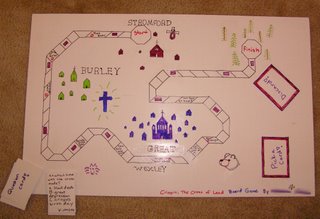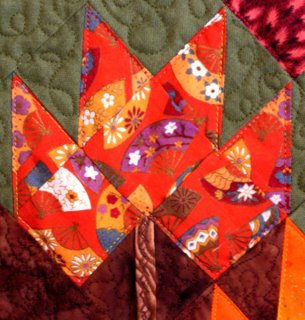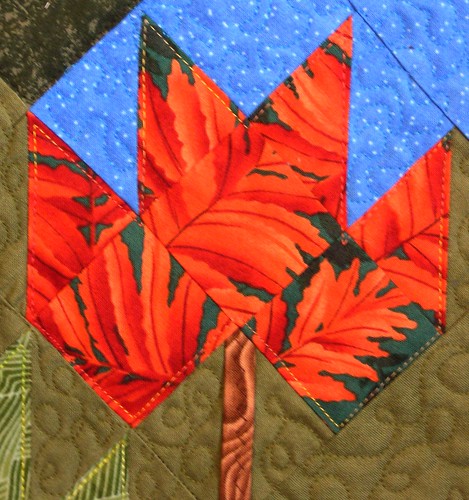 At middle school, my sixth-grade daughter took an exploratory class in medieval history. This fit in nicely with the book they're reading in language arts, Crispin: The Cross of Lead
At middle school, my sixth-grade daughter took an exploratory class in medieval history. This fit in nicely with the book they're reading in language arts, Crispin: The Cross of LeadIn class, the students worked in small groups to research different aspects of medieval life. Madaleine's group studied food. They made a nice poster detailing typical meals for nobles and peasants and set up a table with food models -- a plastic loaf of bread, crumpled purple paper grapes, a rubber chicken. All very well and good. But Madaleine decided, on her own, to find a recipe for and make a read medieval dish. What she chose was candied horseradish from a fourteenth century treatise on candymaking, Libre de Totes Maneres de Confits, translated from the Catalan by Vincent Cuenca and available on the Medieval Cookery website.
What a taste sensation! Candied horseradish is to modern candy what lapsang souchong is to tea: smoky. It doesn't have the sinus-clearing bite of fresh horseradish, but the heat remains in a taste reminiscent of campfires. (I can just imagine the castle cook looking at yet another knobby horseradish root and thinking, "What the hell am I going to make with it this time?" and then yelling at the scullery maid who knocked it into the vat of honey. "You got chocolate in my peanut butter!" "No, you got peanut butter in my chocolate!" Wait, wrong century.)
Tonight my daughter finished an extra credit project, making a board game out of Crispin. It was so much fun to watch her work. And here it is. Wanna play?







